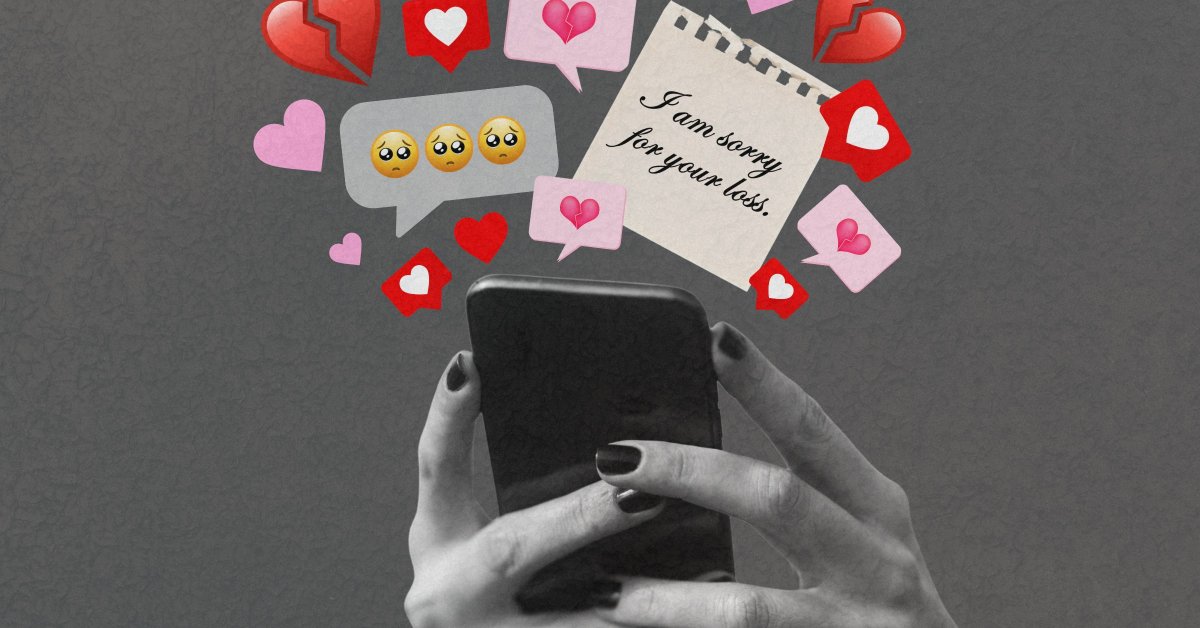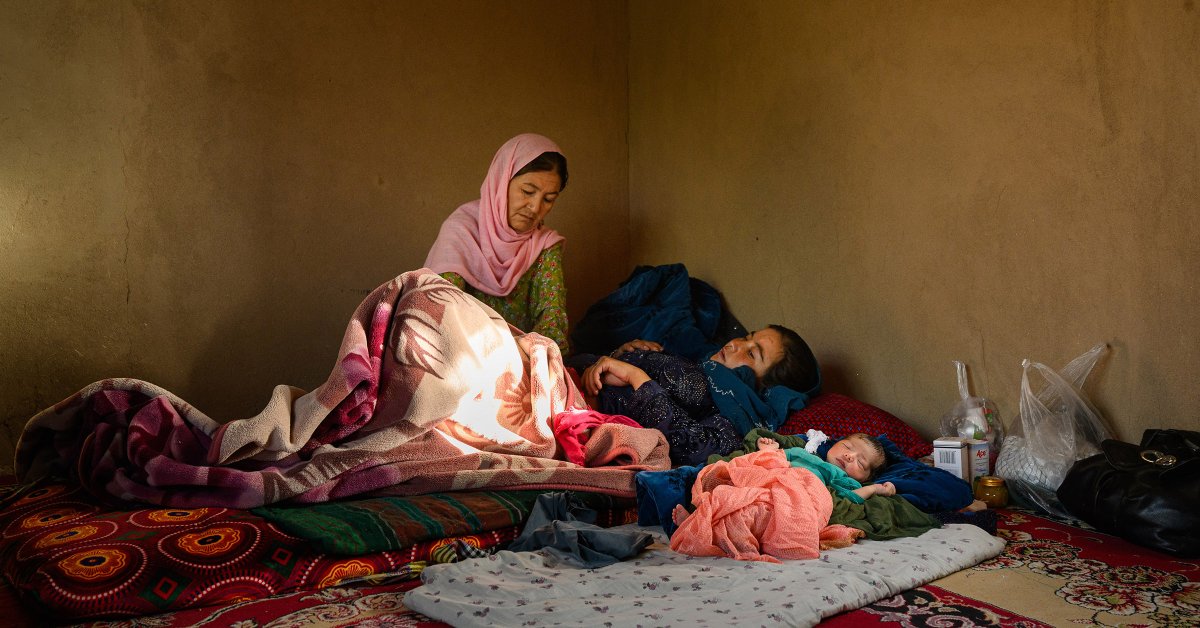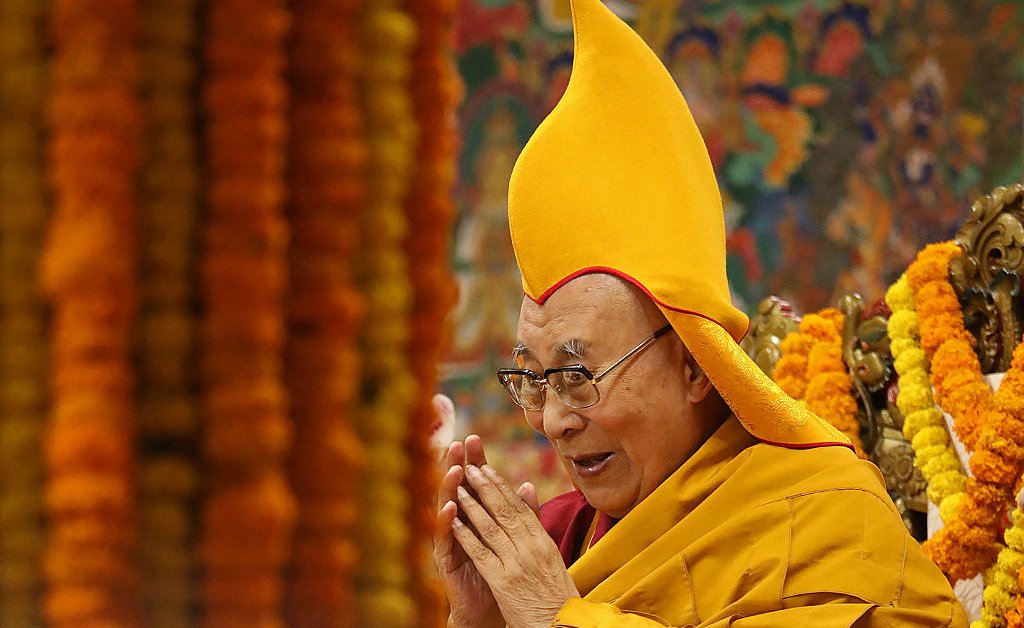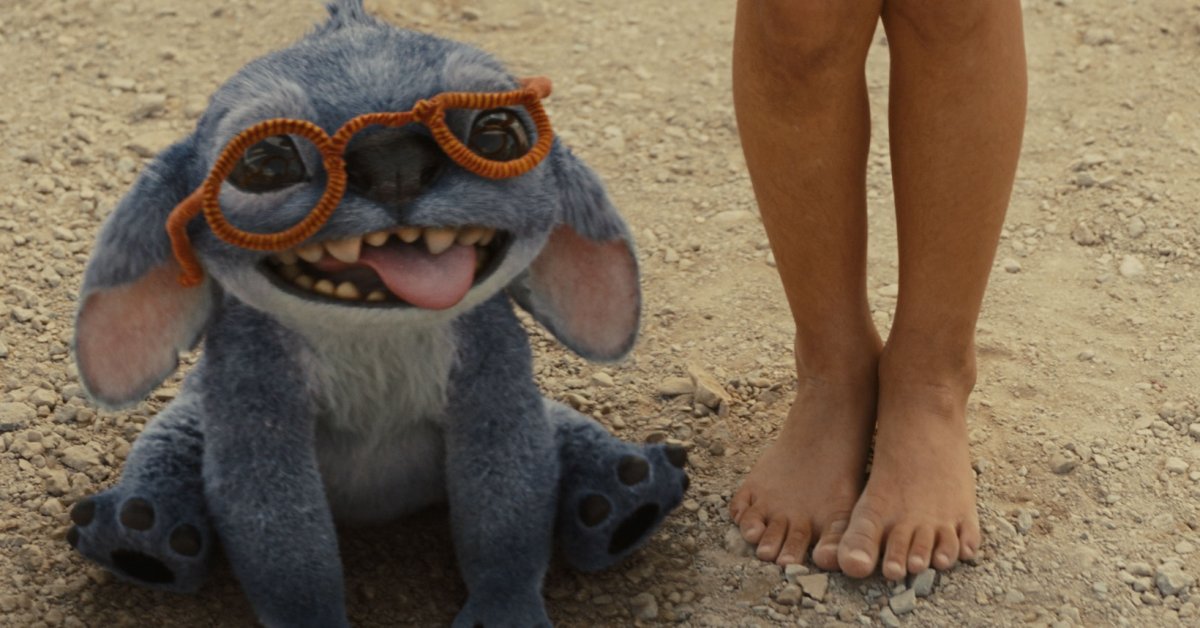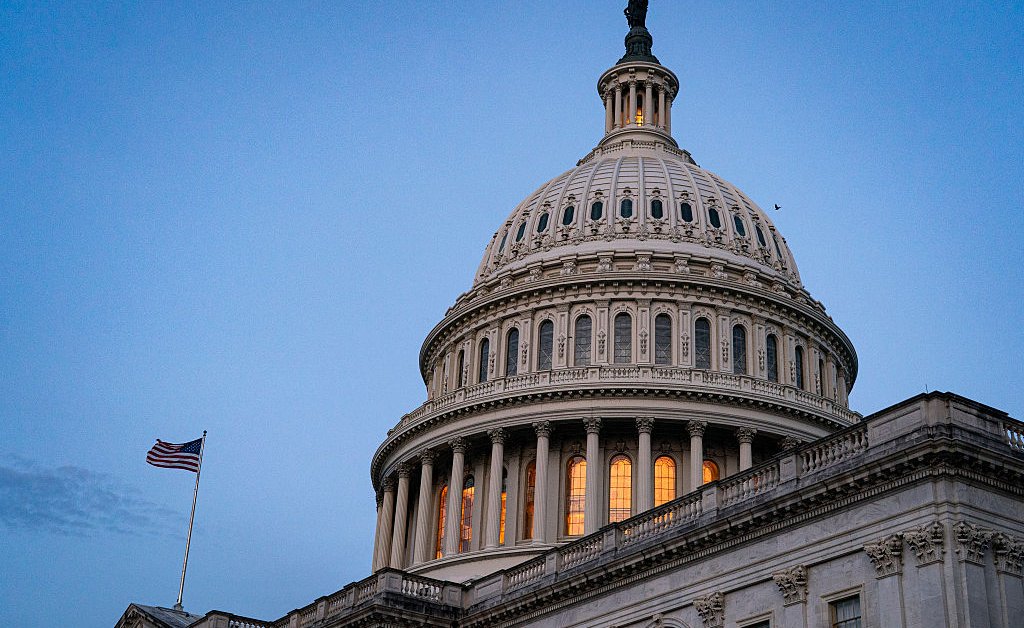When Molly Levine, 28, lost her father in the summer of 2023, “life stopped.” Just weeks earlier, she had been dating, posting comedic TikToks, and balancing a high-stress product job at Google with sweaty nights out in New York. Now, she could barely get out of bed. She took leave from work and holed up with her family, surviving on chunks of chocolate babka she’d eat late at night, when everyone had cleared out of the family kitchen.
Reading about death, finding meaning in memories, and searching for signs from the other side consumed her days. But another, more frivolous concern gnawed at her. “After you lose someone, you have to immediately decide whether you’re going to be one of those people who posts or not,” Levine says. “And I know people say, ‘There’s no right way to grieve,’ but on social media—it almost feels like there is.”
What do you share? When do you share it? And is it bad if you don’t post at all? These were the questions that tormented Levine in the weeks after her father’s death.
“It feels silly,” she says. “You’re like, ‘Is this what I’m really thinking about?’ But you are.”
Grief gone viral
Jensen Moore, a journalism professor at The University of Oklahoma, studies how people grieve on social media. “[Millennials and Gen Z] post their breakfast. They post themselves on the toilet. They’ve done everything,” she says. “So mourning online is just an extension of living their lives online for everyone to see.”
Ten days after her father’s passing, Levine crafted a 350-word caption to accompany a photo of her father to post on Instagram. Comments and DMs from her community poured in, offering their memories and condolences. But Levine, a social media savvy young millennial, knew the line between sharing and scaring. “I really refined my message,” she says. “I was very cognizant of how uncomfortable I could make other people.”
As social media reshapes how we share—and grieve—there are many for whom public mourning still feels gauche, even offensive. Vogue editor Chloe Malle notably loathes mourning-by-emoji. “An Instagram feed is just too public a platform for meaningful mourning,” she wrote in her 2014 essay, “Why We Should Give Up Public Mourning on Social Media.” Yet, others are crucified for not posting quickly enough—like when 90210 fans attacked Jenny Garth for her silence after Luke Perry’s death, or when the internet turned on the Friends cast for waiting days to acknowledge Matthew Perry’s passing.
In one of her studies, Moore examined how people self-police online grief. “It used to be, you would never post a picture of someone grieving or a photo of the deceased,” Moore says. “This generation is posting TikToks of themselves crying.” In 2013, the millennial “funeral selfie” trend broke the internet, triggering a flood of commentary about the generation’s perceived apathy and vanity. Over a decade later and the conversation still hasn’t moved beyond moral panic.
“Do I have a photo with them? It’s the first thing you think of when someone dies,” says Jay Bulger, a 43-year-old filmmaker from D.C. “It’s a mad scramble to post.” When Kobe Bryant died tragically in 2020, social media became one giant memorial. But mourners were criticized. “Why are you sobbing online about a basketball player you didn’t know?” Moore recalls the pushback. Public grief often reads as strategic—an invitation for sympathy, likes, or cultural proximity.
Some call this new wave of mourning content “performative grief,” says Moore. “Because those likes can potentially earn you more followers, or in some cases, money.” But for those genuinely trying to express their loss, the online landscape can feel like a minefield: sincere grief is often met with suspicion, judgment, or the assumption that it’s all for show.
“I have friends who’ve been very vocal with their grief, and people didn’t know how to handle it,” Levine says. She recalls a conversation with friends, criticizing someone’s post for being too raw, too unfiltered. “People just don’t know what to do with grief. We don’t know how to talk about it without freaking people out.”
Read More: When the Group Chat Replaces the Group
There are practical reasons for grieving online, says Pelham Carter, a psychology professor at Birmingham City University. It spreads the word. It offers catharsis and connection. Engaging with a deceased person’s profile can help sustain a bond beyond the grave. But every post, photo, or story risks transgressing invisible social landmines of what is and isn’t acceptable. “There are these very nuanced rules that are hard to navigate, because they are unwritten,” Carter explains. “But you get a feeling for when there’s been a breach in etiquette.”
For Jack Irv, a 30-year-old actor who grew up in New York City, the entire production of grieving on social media “feels exhibitionist.” In his early 20s, he was part of the city’s graffiti scene, climbing up scaffoldings to spray paint with some of the city’s best artists. But “graffiti writers die all the time,” he says. It was the first time he saw his network mourning publicly. “You get forced into action,” Irv explains. “It’s like proving who is closer. There’s a competitive aspect.”
Social media can breed competition and comparison, which extends to online grief, says Moore. “Who’s grieving better, who wrote the best eulogy, who posted the best photo, who was closest,” she says.
Irv resents the tone of these posts—“It’s like a long rambling story about the time they spilled making pasta together.” It feels cheap, he says, that intimacy gets flattened into a caption. Irv recalls in one instance, an acquaintance who was not especially close to the deceased, became the loudest mourner online. “It made us all feel strange,” he says.
Navigating grief’s social hierarchy online can be fraught, Carter says. Posting too soon or too often can give the impression you were closer to the deceased than others believe you were. “It’s bumping yourself higher up in the hierarchy than people feel you should be,” says Carter. “But it’s very hard for us, especially in the throes of grief, to acknowledge that there are different forms of closeness.”
Who gets to mourn online?
In a 2022 study, Carter and co-author Rachel King found a striking disconnect: participants saw their own grief posts as genuine—but assumed others were just seeking attention. Most cited a “genuine outpouring of grief” as their reason for posting. Yet they believed others were abusing the process. “There was a hypocritical side,” Carter says. “People assumed their grief was sincere—but others’ were performative.”
In 2019, Jennifer, 30, who asked that TIME not include her real name because of the sensitivity of the circumstance, lost a close friend to suicide. The loss sent shockwaves through her tightknit friend group. “Privately, there were vulnerable conversations between friends where the grief felt real,” she recalls. “But online, something shifted.” On Instagram, she says, the mourning felt curated. “It felt more like perception management than actual grief.”
In the weeks after her friend’s death, unspoken rules emerged. “The etiquette was: those closest to the deceased had the right to post, and their posts should be engaged with. If you weren’t in the inner circle, the rule was: don’t post,” she says. These rules were administered via cold shoulders and whispers.
Digital anthropologist Crystal Abidin interviewed young people experiencing the first death of a friend to explore a core question: who gets to grieve, how, and why? She found the tension had less to do with competition between mourners and more to do with how grief was received by the inner circle.
The young women in Abidin’s study outlined unwritten rules: who gets to grieve first, who gets to grieve more, and what must stay private. Breaches often came down to timing—like posting before a partner or family member. On Facebook memorial pages, they didn’t want the first post coming from a random friend. “There’s weight given to your tie to the deceased,” Abidin says.
As consumers of the internet, “we’re savvy,” says linguist Korina Giaxoglou, author of A Narrative Approach to Social Media Mourning. “Even at our most sincere, we still want our posts to reach and engage—that’s what posting is.” But that doesn’t make us hypocrites, she adds. “You can want attention and still be fully present in your grief.”
Read More: When TikTok Trends Send Kids to the Emergency Room
In Western culture, open grief is often frowned upon, Giaxoglou says. There is an understanding that “during the bereavement period you shouldn’t seek attention.” But in other cultures, grief is communal. In the Asia Pacific region, where Abidin conducts much of her research, grieving loudly and publicly is “how you show that you’re a part of that community.” She says, “It’s not uncommon in some funerals to hire mourners whose jobs are to cry, because the louder the cries, the more it shows how loved this person was.”
As younger generations move grief from bedrooms and chatrooms to public profiles, conversations around death are returning to the public square. “As a community, we need to see these expressions in order to recover,” Giaxoglou says. “Otherwise, it’s like we’re hiding our emotions.”
A year later, Levine has developed a dark humor about grieving online. “In some ways, if you don’t post about your grief, it’s like—did you even care?” she says with a smile.
She remembers staring at her Instagram grid, wondering how to follow up a memorial post of her father: “What’s my re-entry going to be? I don’t want to signal that I’m over it. I’ll be grieving forever.”
Years later, Levine is once again making funny videos on TikTok. “I look back now, and wonder what changed where I was like, ‘Okay, now I can post a sunset again.’”

